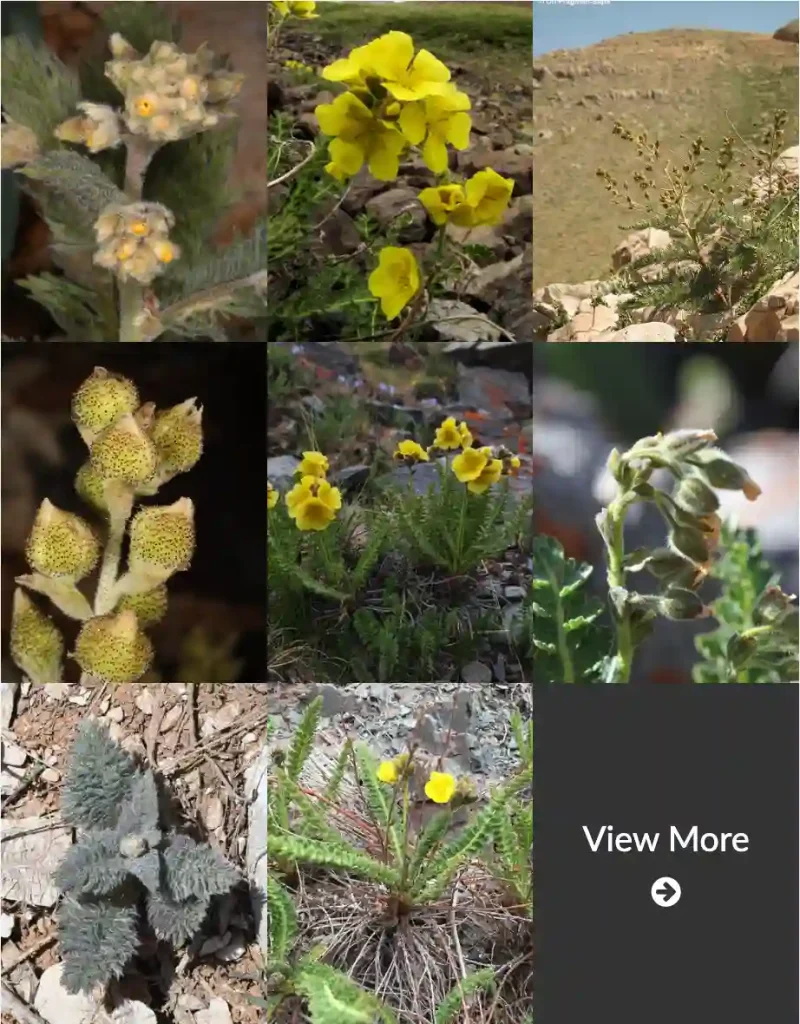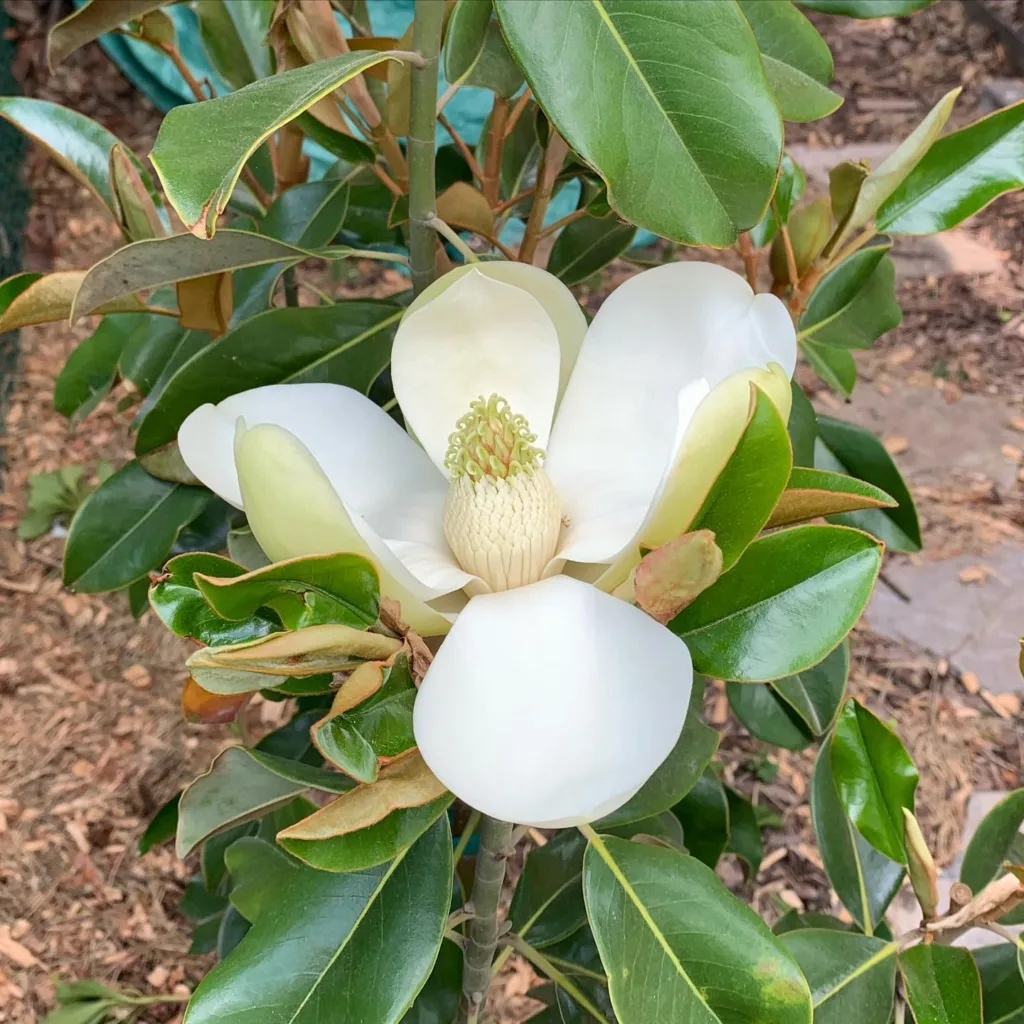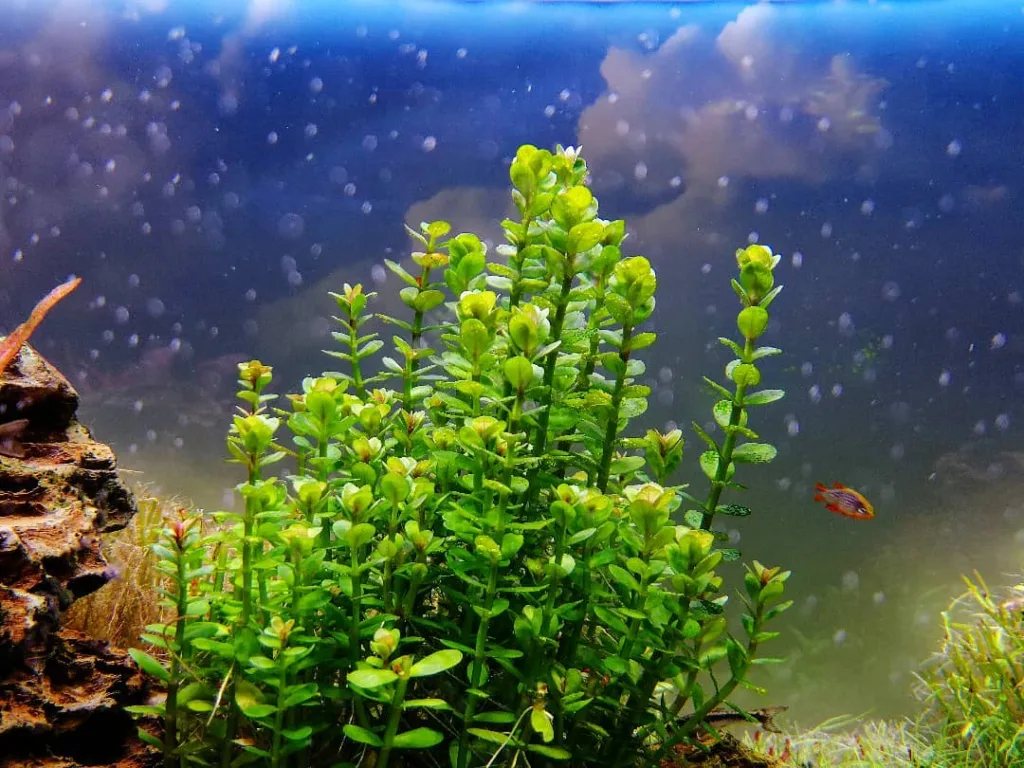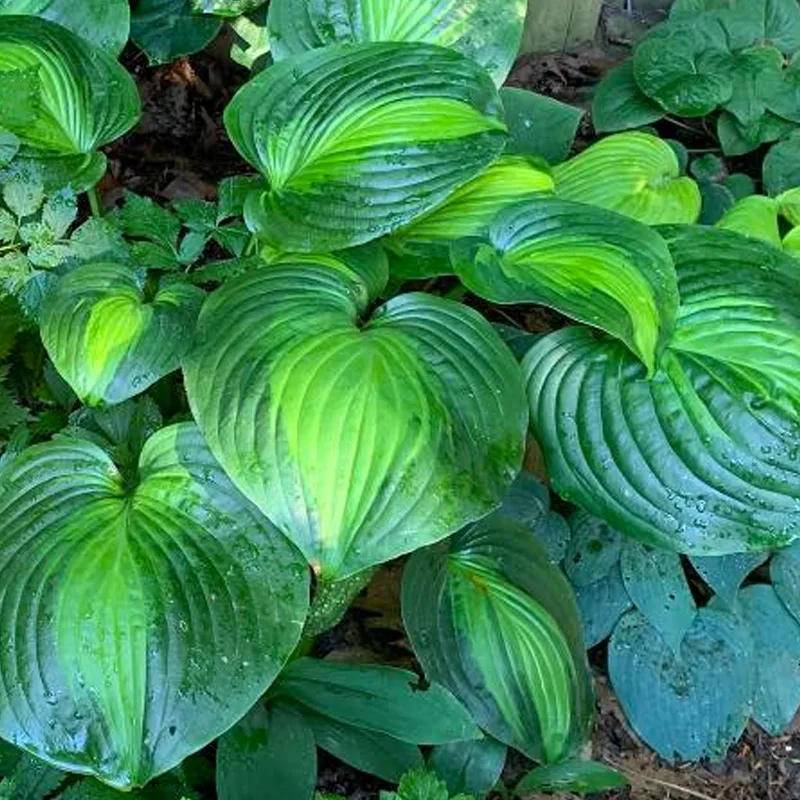FAQs About Vaccinium Deliciosum
When I first came across Vaccinium Deliciosum, commonly known as the Delicious Blueberry, I was intrigued. This lesser-known variety of blueberry is a treasure for anyone passionate about unique plants. Here’s a comprehensive guide based on my experiences and research to help you understand and care for this delightful shrub.
488 Species in Genus Vaccinium
What is Vaccinium Deliciosum?
Vaccinium Deliciosum, or Delicious Blueberry, is a deciduous shrub native to the mountainous regions of the southwestern United States. It’s admired for its delicious, small blueberries that offer a slightly tangy flavor. Unlike the more common highbush blueberries, this variety is often appreciated for its adaptability to different soil types and climates.
How to Care for Vaccinium Deliciosum?
Caring for Vaccinium Deliciosum is quite straightforward, but there are a few key points to keep in mind:
- Soil Requirements: This blueberry prefers acidic soil with a pH between 4.5 and 5.5. If your soil is alkaline, you might need to amend it with sulfur or peat moss. Regular soil testing can help ensure optimal conditions.
- Sunlight: Vaccinium Deliciosum thrives in full sun to partial shade. Ideally, it should receive at least six hours of direct sunlight daily. In hotter climates, some afternoon shade can help protect it from intense heat.
- Watering: This shrub prefers consistently moist soil. However, it’s essential to avoid waterlogging, as blueberries are susceptible to root rot. Draining soil is crucial, so consider planting in raised beds or containers if your soil doesn’t drain well.
- Fertilizing: Use a balanced, acid-loving plant fertilizer during the growing season. I’ve found that feeding the plant in early spring and mid-summer promotes healthy growth and fruit production.
- Pruning: Regular pruning helps maintain the plant’s shape and encourages better fruiting. I usually prune in late winter or early spring before new growth begins. Remove any dead or damaged branches and thin out the center of the shrub to improve air circulation.
How to Propagate Vaccinium Deliciosum?
Propagating Vaccinium Deliciosum can be done through several methods:
- Cuttings: I’ve had success with softwood cuttings taken in late spring or early summer. Dip the cut ends in rooting hormone and plant them in a well-draining mix. Keep the cuttings moist and in a warm, shaded location until they develop roots.
- Division: This method involves dividing established shrubs. It’s best done in early spring before new growth starts. Carefully separate the root ball into sections, making sure each has healthy roots and shoots.
- Seeds: Though less common, you can also grow Vaccinium Deliciosum from seeds. Stratify the seeds by placing them in the refrigerator for about 60 days before sowing them in a seed-starting mix. Germination can be slow, so patience is key.
What to Plant With Vaccinium Deliciosum?
Pairing Vaccinium Deliciosum with complementary plants can enhance your garden’s beauty and health. Consider these companions:
- Other Blueberries: Planting different blueberry varieties together can improve cross-pollination and yield. The taste and texture of the berries will also complement each other.
- Evergreens: Low-growing evergreens like junipers or dwarf pines make great companions. They provide year-round interest and can help shield the blueberry shrub from harsh winds.
- Herbs: Plants like thyme or oregano can be planted nearby. They not only add a lovely aroma but can also help repel pests that might target your blueberries.
Benefits of Vaccinium Deliciosum
Vaccinium Deliciosum is more than just a pretty shrub. It offers several benefits:
- Nutritional Value: The berries are packed with antioxidants, vitamins, and minerals. They’re a healthy addition to your diet, promoting overall well-being.
- Wildlife Attraction: The shrub attracts birds and beneficial insects. The berries are a food source for various wildlife, making it a valuable addition to a wildlife-friendly garden.
- Decorative Appeal: With its attractive foliage and beautiful berries, Vaccinium Deliciosum adds aesthetic value to any garden. The fall color is especially striking, with hues of red and orange.
Is Vaccinium Deliciosum Toxic?
Vaccinium Deliciosum is non-toxic to humans and pets. The berries are edible and safe to consume, though they are smaller and less sweet than other blueberry varieties. However, always ensure that any plant you grow is indeed the species you intend to avoid any confusion.
Common Problems with Vaccinium Deliciosum
While Vaccinium Deliciosum is relatively hardy, a few issues can arise:
- Pests: Watch out for pests like aphids and spider mites. Regular inspection and appropriate treatments, such as insecticidal soap or neem oil, can help manage these problems.
- Diseases: Fungal diseases like powdery mildew can affect Vaccinium Deliciosum. Ensure proper air circulation and avoid overhead watering to minimize the risk.
- Nutrient Deficiencies: Yellowing leaves can indicate nutrient deficiencies. Ensure you’re using an appropriate fertilizer and consider a soil test if you suspect imbalances.
Compare with Other Blueberry Varieties
Vaccinium Deliciosum is often compared to more common blueberry varieties like the Highbush Blueberry and Lowbush Blueberry.
- Highbush Blueberry: Generally larger and sweeter berries, but requires more acidic soil and consistent moisture.
- Lowbush Blueberry: Smaller berries but hardy in colder climates. Vaccinium Deliciosum offers a middle ground with its adaptability and unique flavor.
By understanding and addressing these FAQs, you can enjoy the beauty and bounty of Vaccinium Deliciosum in your garden. This shrub is a wonderful addition for those looking to diversify their plant collection with a unique and beneficial specimen.
If i die, water my plants!



